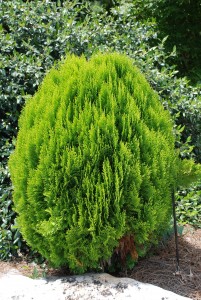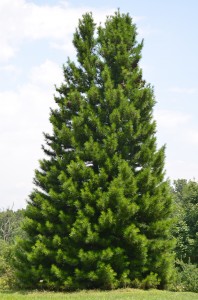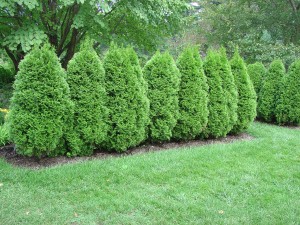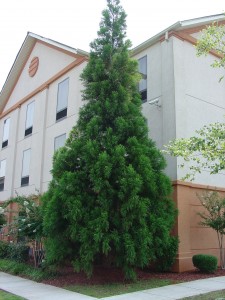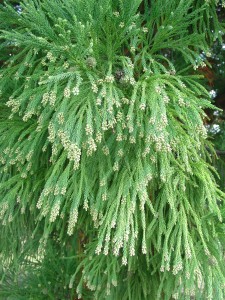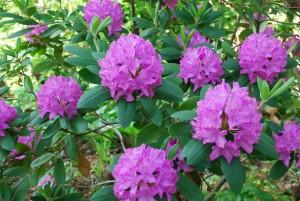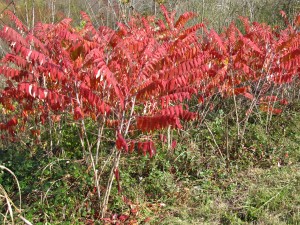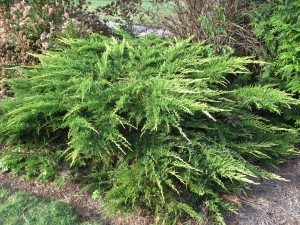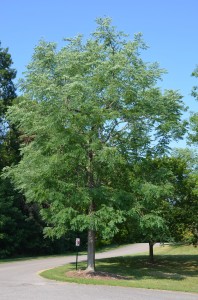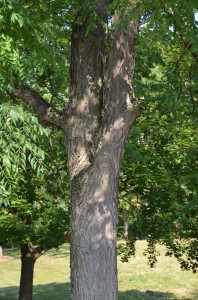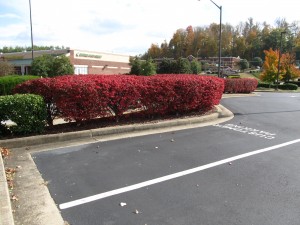In 2011 poll conducted at the SE Region meeting in Athens, GA, the top favorite conifer picks from SE Reference Gardens.
Georgia
Lockerly Arboretum, Milledgeville
Cryptomeria japonica ‘Elegans Nana’
Juniperus virginiana var. silicicola ‘Brodie’
Platycladus orientalis ‘Aurea Nana’
Thuja occidentalis ‘Rheingold’
Smith Gilbert Garden, Kennesaw
Cedrus deodara ‘Gold Cone’
Chamaecyparis obtusa ‘Verdon’
Platycladus orientalis ‘Morgan’
State Botanical Garden, Athens, GA
Juniperus virginiana ‘Grey Owl’
Pinus virginiana ‘Wate’s Golden’
Platycladus orientalis ‘Morgan’
North Carolina
J.C.Raulston Arboretum, Raleigh
Momi fir (Abies firma)
Calocedrus macrolepis var. formosana
Cryptomeria japonica ‘Rein’s Dense Jade’
Pinus wallichiana ‘Zebrina’
Podocarpus macrophyllus ‘Royal Flush’
Taxodium distichum var. imbricatum ‘Prairie Sentinel’
South Carolina
S.C. Botanical Garden, Clemson
Platycladus orientalis ‘Filiformis Pendula’
Sequoia sempervirens
Tsuga diversifolia
Tennessee
East TN State University Arboretum, Johnson City
Pseudolarix kaempferi
Sciadopitys verticillata
Thujopsis dolobrata
University of TN Gardens, Jackson
Cryptomeria japonica ‘Globosa Nana’
Platycladus orientalis ‘Franky Boy’
Thuja orientalis ‘Morgan’
University of TN Gardens, Knoxville
Chamaecyparis nootkatensis ‘Glauca Pendula’
Chamaecyparis obtusa ‘Spirited’
Juniperus deppeana ‘McFetter’s Blue’
Pinus densiflora ‘Aurea’
Platycladus orientalis ‘Franky Boy’
Virginia
Al Gardner Memorial Conifer Garden at J.Sargeant Reynolds Comm.College, Goochland
Cham. obtusa ‘Loughead’
Pinus parviflora ‘Tanima-no-yuki’
State Arboretum of Virginia, Boyce
Cupressus arizonica
Pinus pungens
Sciadopitys verticillata
Some of the conifers listed above turned up in several descriptions:
Japanese Umbrella Pine – Sciadopitys verticillata (zones 5 – 8a)
Platycladus orientalis ‘Franky Boy’ (zones 6 to 8a)
Thuja orientalis ‘Morgan’ (zones 6 to 8a)
Source: American Conifer Society, Southeastern Region, August 2013 Newsletter

